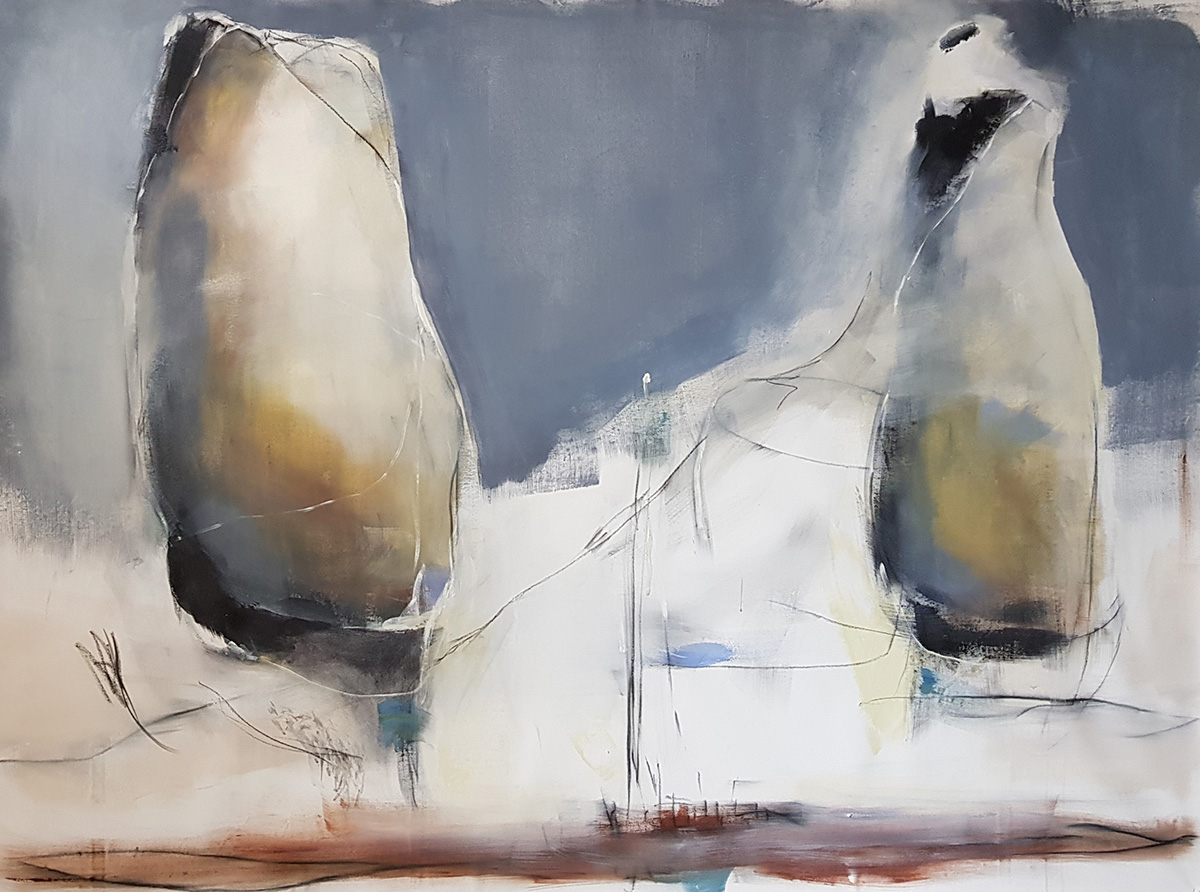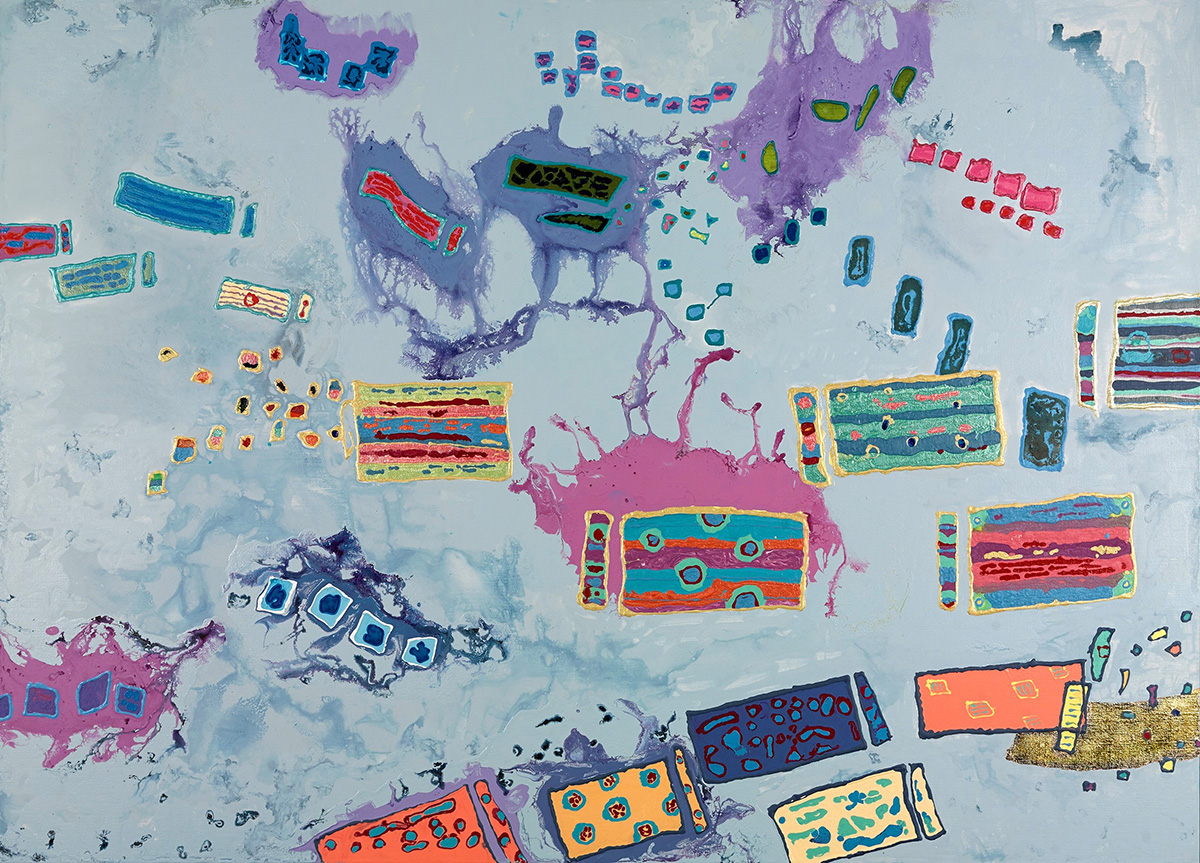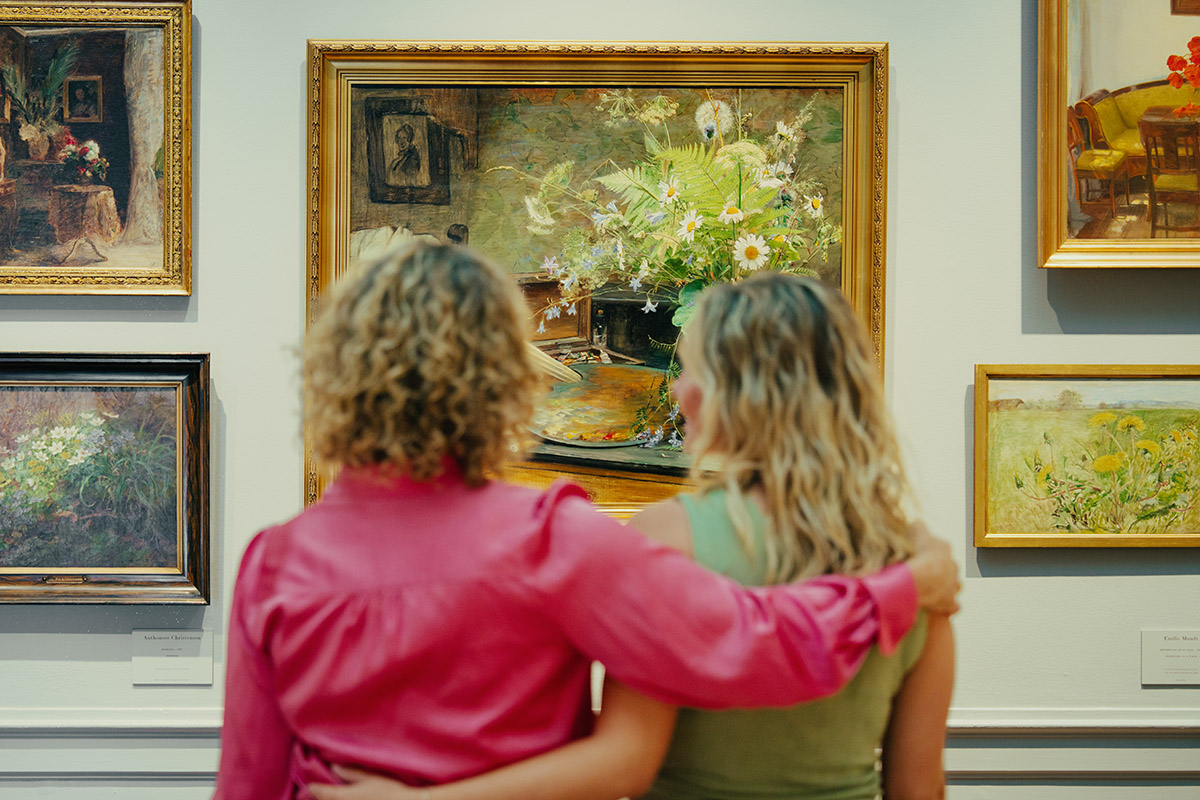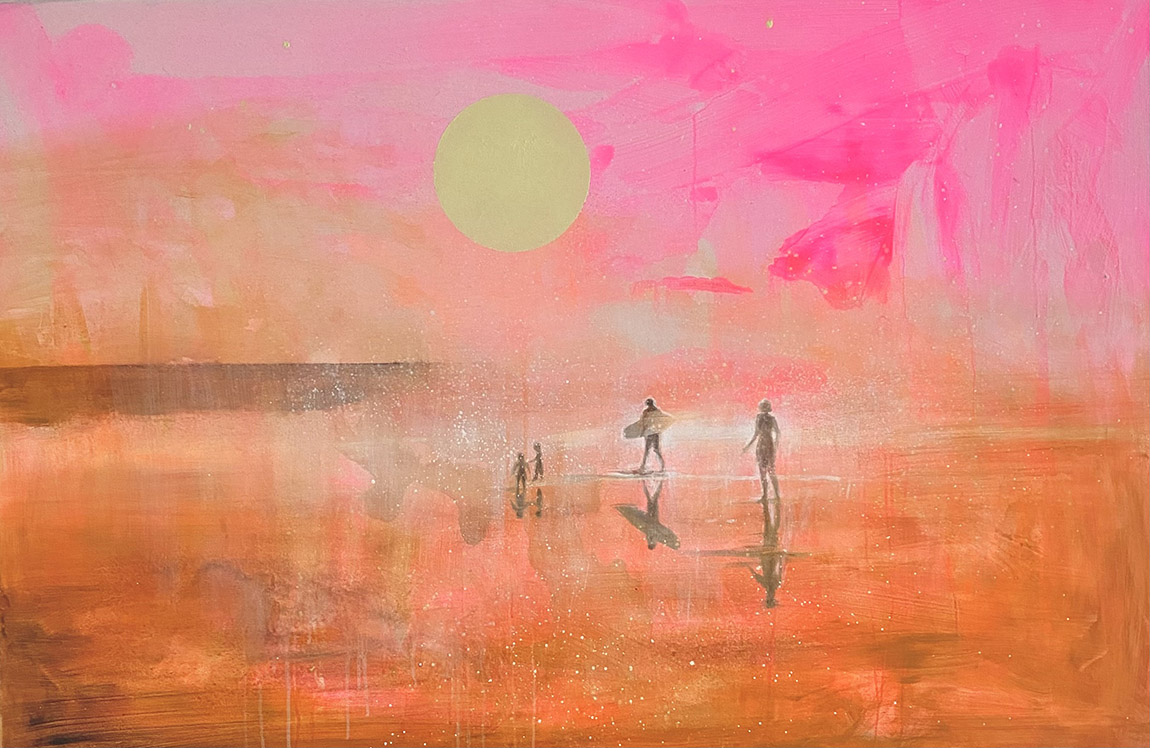Andreas Dolk – on creating through destruction
By Signe Hansen | Photos: Kristian Nicholls

For almost a decade, Andreas Dolk, Norway’s most recognised stencil artist, has been evolving a new style of artistic creation. Scan Magazine talks to the artist about his current obsession – artworks that transform the destructive power of a car crash into creations of energy.
For two-and-a-half years, artist Andreas Dolk (birth name, Andreas Hamran Færø) worked with an engineer to realise his vision of a machine that could help him recreate the effect of a car crash. Allowing him to smash metal sculptures into plates of aluminium with the same pressure as ten SUVs, there was no blueprint for the device. “I had no idea if it was going to work,” says the 45-year-old. “There was quite a big chance that I lost two-and-a-half years and a lot of money, but I needed to do it – once I had the idea, I couldn´t live without knowing.”

Today, the result hangs on the wall of Færø’s home. It is an explosion of energy, colour, and destructive power, in his own words “a play with shadow and light, good and evil” – and the first of the artist’s works ever to make it onto the walls of his home. It is one of the few finished works in his new series, Exposure Paintings; four smaller works sold immediately to collectors as did a limited edition of 40 prints. But how did an artist, for many years recognised for his anonymously-created humorous Banksy-like street art, end up spending years evolving an art style that in his own words “looks like a canvas that has been put through war”?
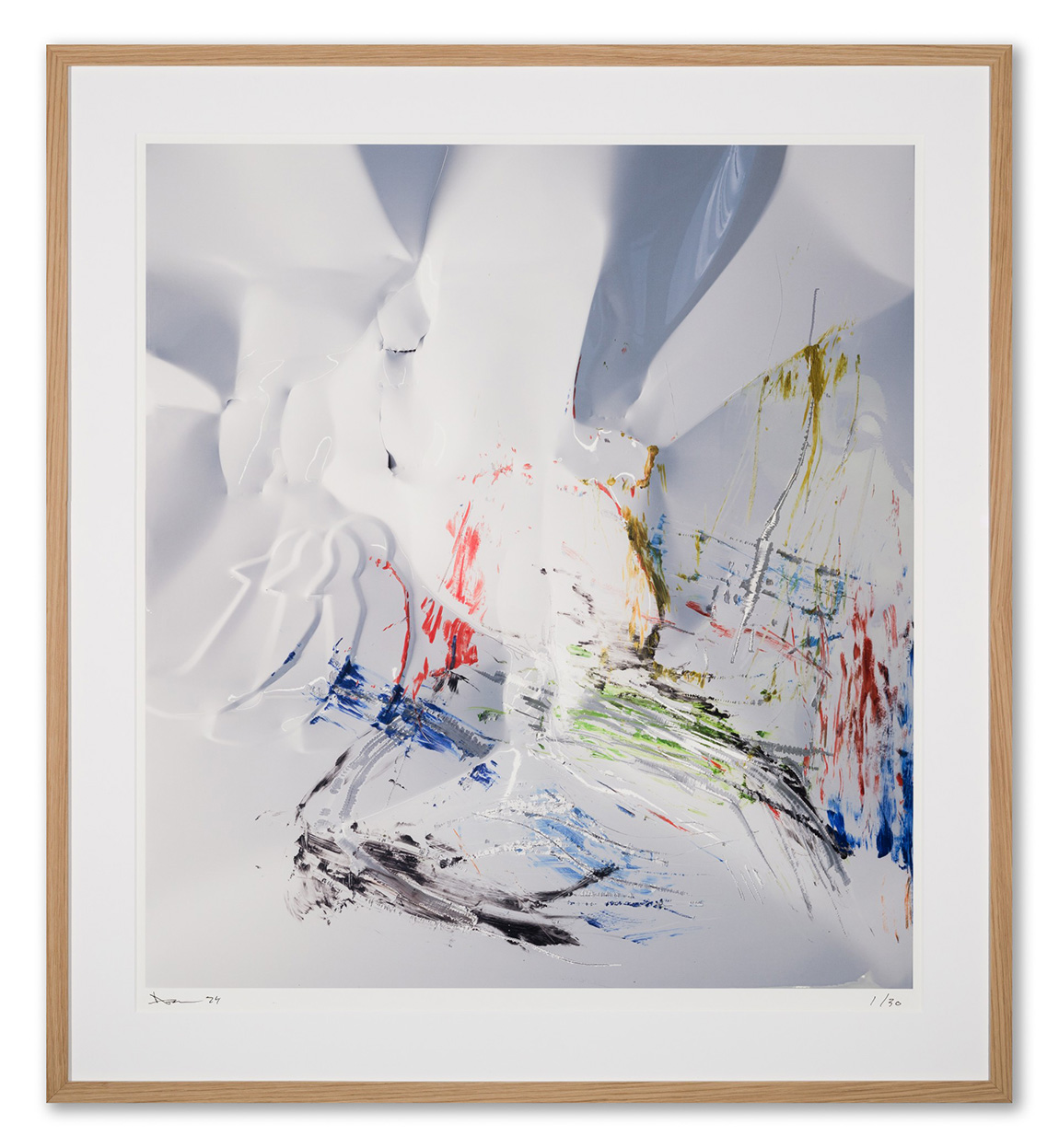
Phoenix, the first print released by Andreas Dolk in ten years.
A crazy time
Studying to become a mechanic, in his youth, Færø didn’t have the slightest idea that he would someday become one of Norway’s best-known artists. Even when his then-teacher, who saw him spending most of his time in class drawing, suggested that he apply for art school, he did not consider it a real possibility. “I thought – you can’t really do anything with art, and even if you could, I never thought I would be good enough for it,” he says.
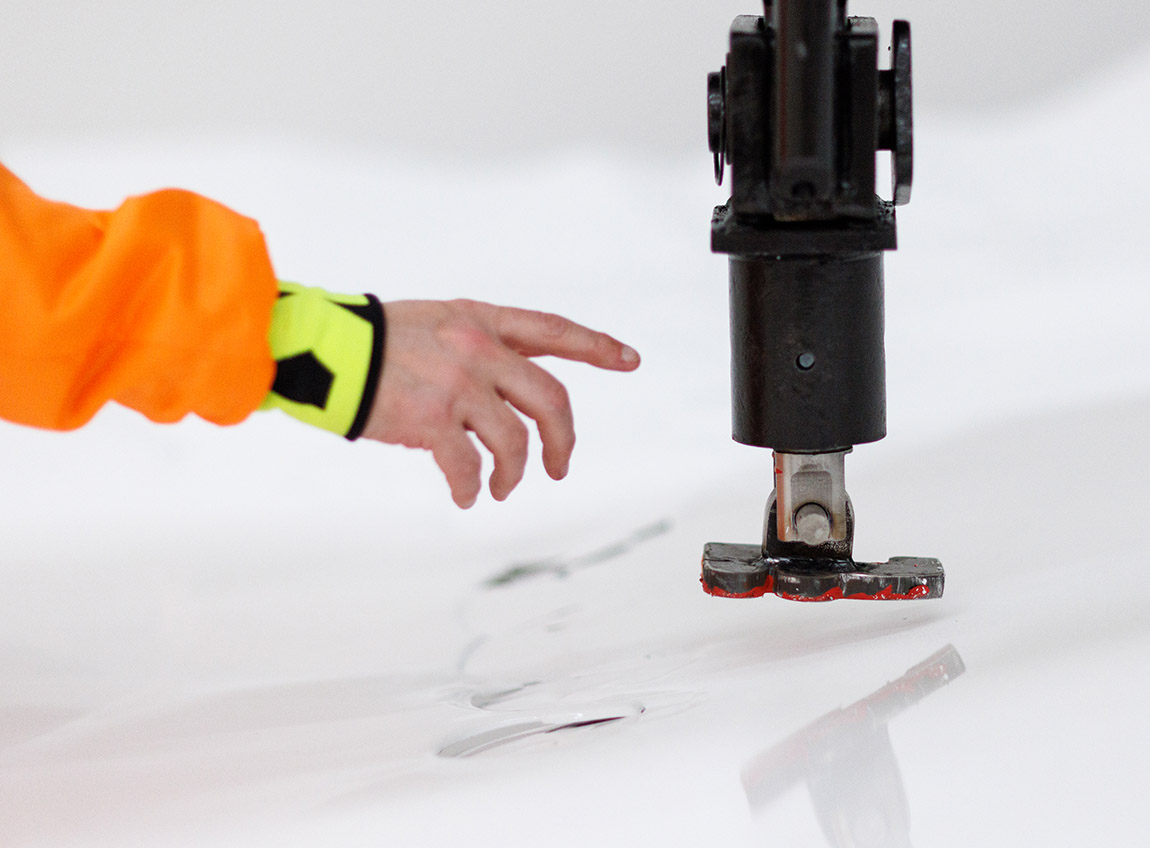
It took Dolk and an engineer two-and-ahalf years to develop the machine used by the artist to create his Exposure paintings.
Mechanics was not his thing either though, and, later, by what he describes as pure coincidence, Færø ended up in a graphic design course that took him to Melbourne. Here he found the inspiration that would take him onto a path of artistic adventure. “In Melbourne, I noticed the street art popping up, and a guy in my class had the skills to do stencils so that’s how I got inspired to try that,” he explains.
Soon, Færø was travelling all over Europe to do his work. “I saved up for a car and one of my friends and I started driving from city to city, sleeping in the car and painting at night,” he says. “We met a lot of crazy people, and saw a lot of crazy stuff. It was an adventure.”
The Banksy-like stencils all over Europe’s cities quickly began gathering attention. So much so that, in 2004, Banksy invited Færø, then only known as “Dolk” (dagger in Norwegian) to participate in making limited edition silkscreen prints in his shop called POW (Pictures on walls) in London.
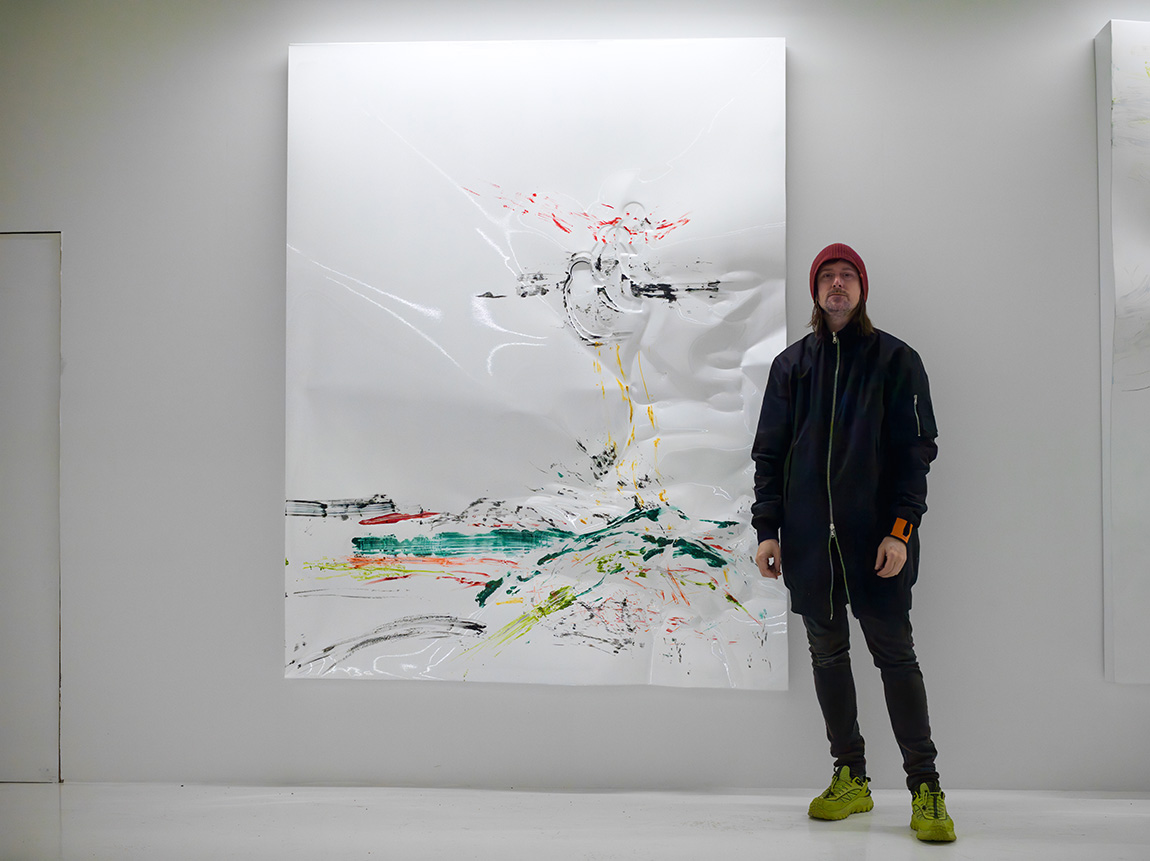
Andreas Dolk in front of Atlantis, one of his Exposure Paintings. The Bomber jacket worn by Dolk is his own creation, designed in collaboration with fashion designer Ingrid Brandseth.
Progressing into contemporary art
Færø, the street artist, remained known only as Dolk up until 2018 when he, chose to reveal his real identity through an interview, a new website, and an Instagram page under the name Andreas Dolk. The revelation was extensively covered by the Norwegian media under headlines such as “Dolk, the mythical street artist is a father of two”.
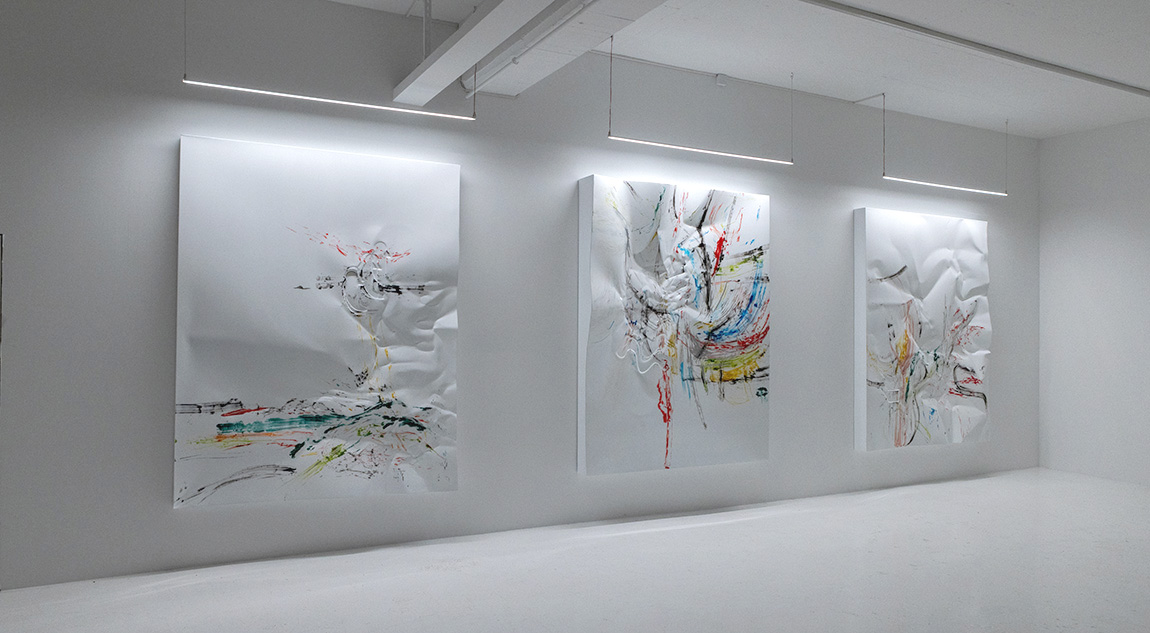
For almost a decade, Andreas Dolk, Norway’s most recognised street artist, has been evolving a new style.
Indeed, Færø was a father of two and had, by then, long been making what he calls “a decent living” from his art. Selling his work through galleries and auctions with price tags of around 100.000-200.000 NOK, his exhibitions were quickly selling out. In 2012, two of his print editions sold out in seconds for more than two million Norwegian kroner.
But though he was on a path of success with his stencil art, he continued to experiment with other media as well and, in 2016, he debuted his first contemporary art exhibition, Rip on/Rip off. “All the while I succeeded in getting noticed and earning money with what I did, I was experimenting in the backroom with something that no one knew about,” he explains. “While all my new ideas came from the street, an urban environment, they just didn’t fit into my stencil folder – the ideas did not match my expression. Listening to my inner voice, I knew I had to change my style, so I followed my own progression into contemporary art.”

To create his work, Dolk crashes sculpture tools into aluminium plates and paper with his specially developed machine and by hand.
Pure energy
Since 2016, Færø has been experimenting with works on aluminium, and in 2020, presented In Flux, an exhibition of abstract works painted on, and then scratched off aluminium plates. “I was trying to create and destroy at the same time,” he explains. “The painting and the scratching in aluminium created an interesting movement of light, and the In Flux style is the one I have been pushing for three years now. It led to the Exposure Paintings, which I am now working on.”
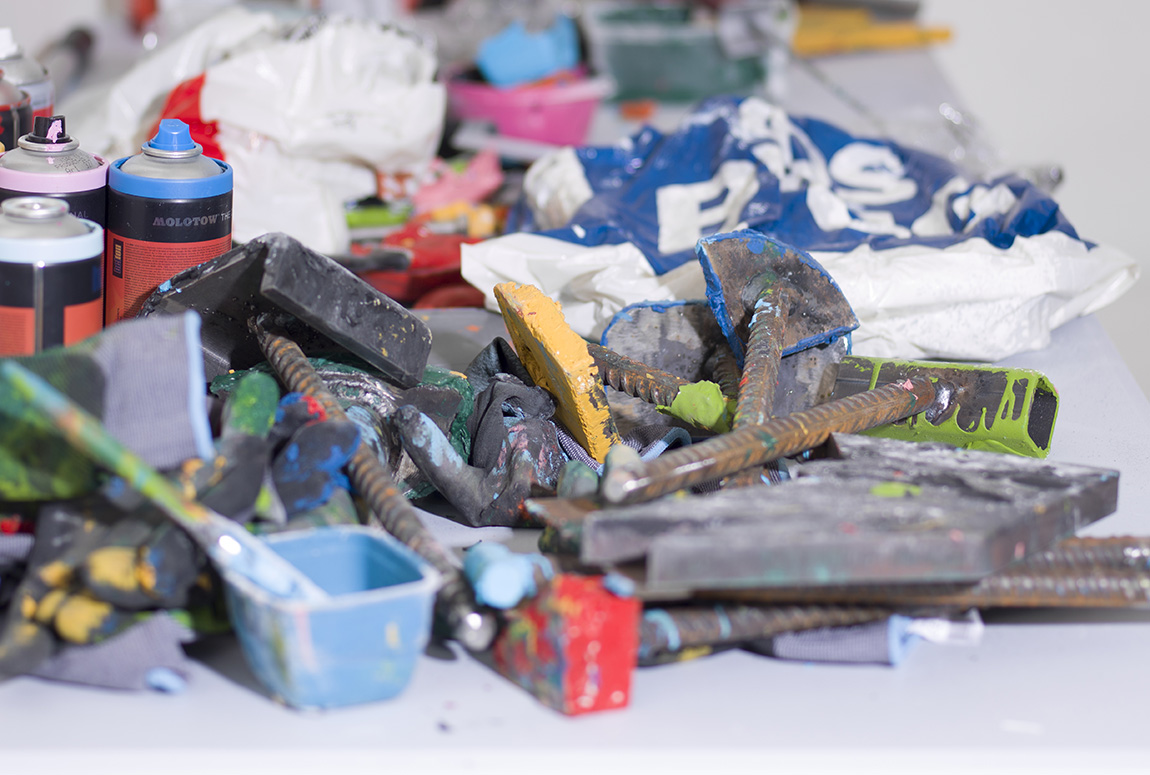
Indeed, despite the different styles of expression all of Færø’s work is bound together by a continuous evolution of style, inspired by the urban environment. Specifically, the Exposure Paintings were inspired by the marks of paint left on a wall after a car crashed into it. But while the method is inspired by the exterior world, the result represents something much more subjective, the internal struggle of the artist. “Being an artist is much like banging your head against the wall – in your mind, you are never good enough, never quite getting where you want to be – and lots of doubting. I used that as inspiration – that you will never be happy with your work if you are a true artist – and that led to me diving into my new style where I combine destruction and creation. I do not look at my works as very destructive though, they are more complex, like strange self-portraits,” Færø explains.
The title for this series of works ”Exposure Paintings” came about after the first crash was completed because the result, in Færø’s words, looked like a figure captured in a photograph with a long exposure time. Unique in their expression, the works invoke multiple associations, like debris put in a system, explosive energy or a controlled wreck, but at the core is the universal condition of life – creation through destruction, and it is one that Færø is intent on pushing even further. ”I can say I found my style. What I have been after all these years and am still pursuing is pure energy.”

Web: www.dolk.no
www.andreasdolk.com
From May 2024, early works by Andreas Dolk will be exhibited as part of the Banksy & Street Art: The Early Years exhibtion at MACA Museum in Copenhagen. The exhibition includes works by Banksy alongside many of the most important Street Artists of the 21st Century.
Instagram: @d0lk
Subscribe to Our Newsletter
Receive our monthly newsletter by email

